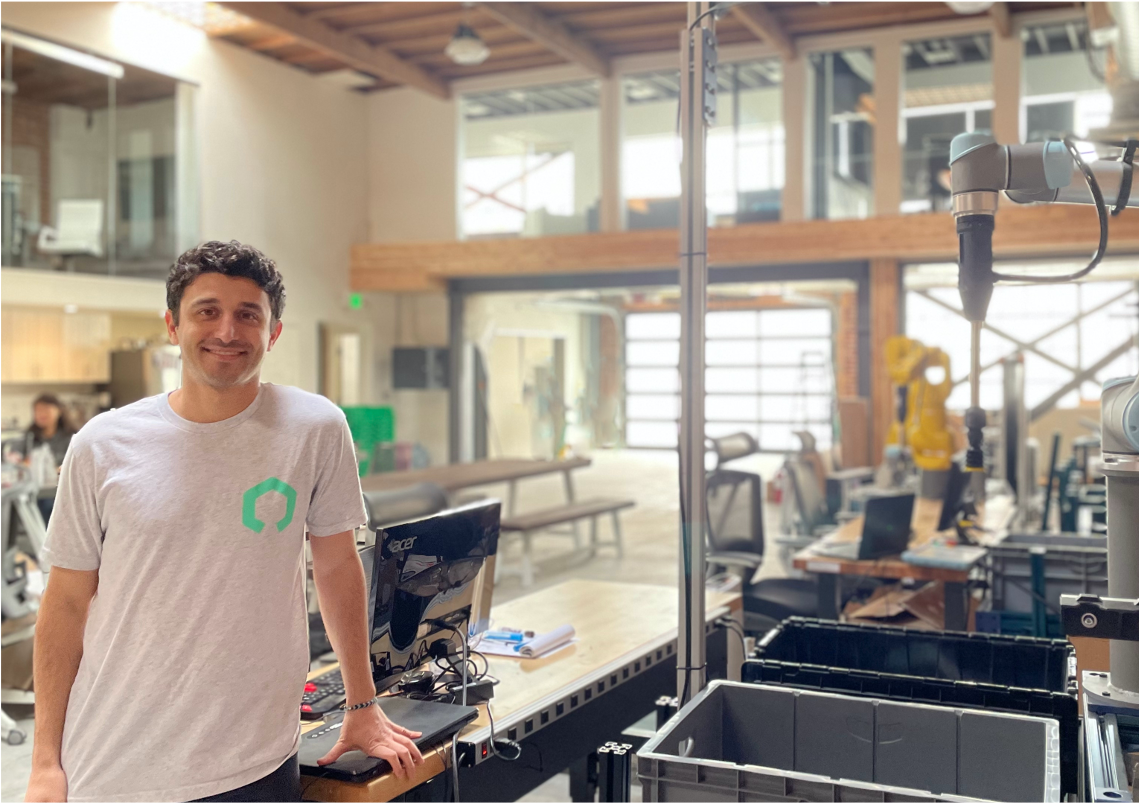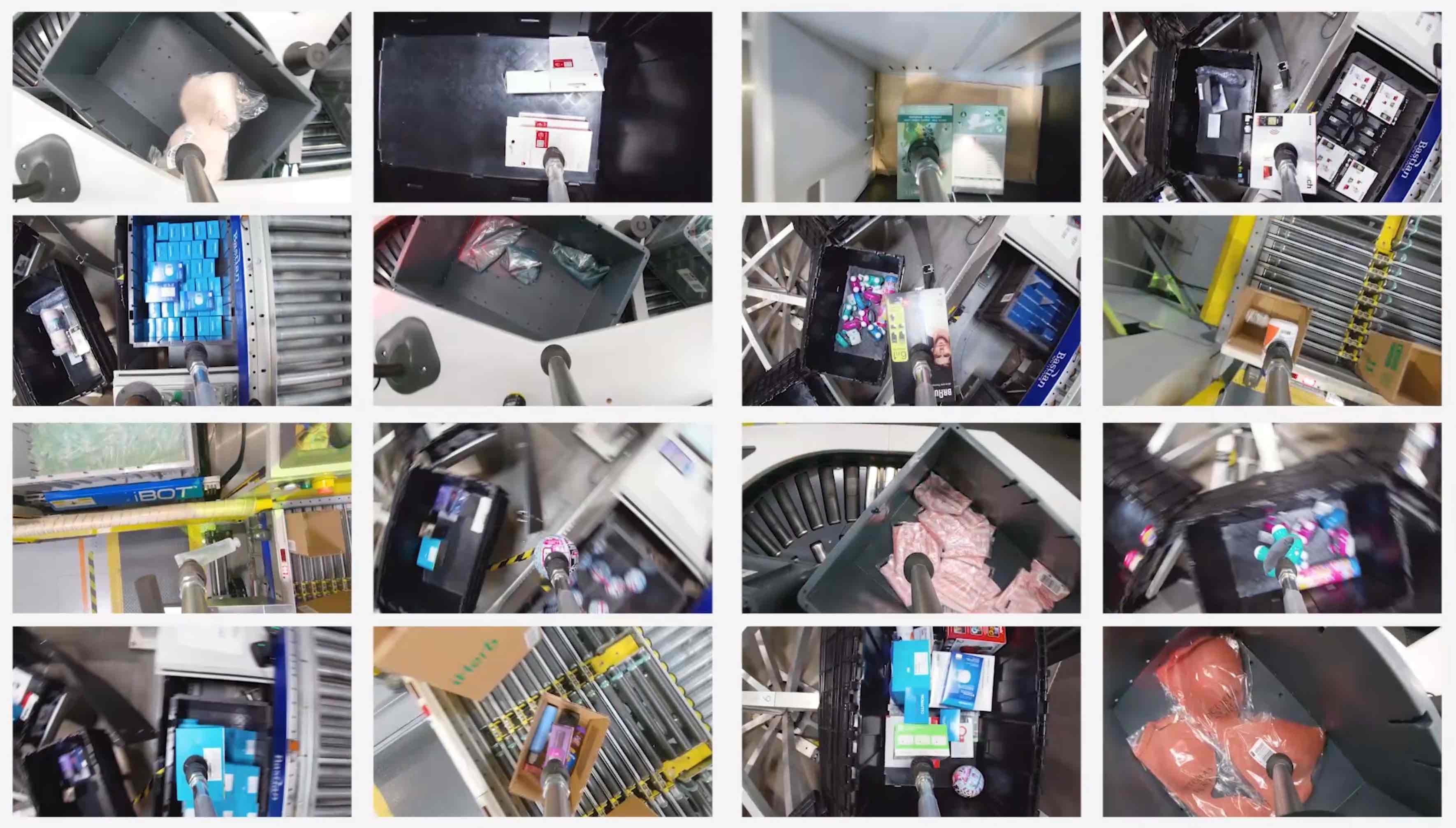There is a long-standing debate in the world of logistics robotics. On one side are the greenfield folks, who insist that the best possible experience is one built from the ground up, with these automated systems at their core. Brownfield proponents, on the other hand, point to the time and money required for a complete rebuild. Many companies looking to automate their warehouses simply don’t have the resources to start from scratch.
Most people end up with a combination of these approaches. After all, there is no one size fits all. This morning, Nimble is announcing plans for its own third-way compromise. It is a method that allows companies to effectively outsource their storage needs through fully automated remote logistics (3PL) factories.
Founder and CEO Simon Kalouche says Nimble’s new model was not the goal when the pick-and-pack robot automation company launched in 2017. “It evolved as we got to know the industry,” he tells businesskinda.com. “I’ve been to hundreds of warehouses now and as I visited more and more, I learned that everyone is automating almost all parts of the warehouse, but picking is still the hardest part. Until you automate picking, you need people in the warehouse. You need to make warehouses ergonomic, safe and OSHA compliant for people. When you automate the picking step, you remove all those restrictions.”

Image Credits: Rapid
Kalouche says the company has already started operating its own remote fulfillment centers, quietly opening the first about a year ago. He won’t reveal how many are currently online, only that the figure is “between one and ten” and that the locations are geographically spread across the US. packing and shipping e-commerce orders while reducing warehouse size by up to 75%. Nimble’s network of robotic warehouses will provide brands with coverage of more than 96% of the US population in one or two days and click-to-collect savings of up to 40% compared to legacy 3PL providers.”
While not on the same day, it brings online retailers one step closer to what they most want these days — something that may help level the playing field somewhat against Amazon’s 800-pound gorilla. That’s the promise of third-party warehouse automation, even though Amazon has its own growing army of robots.
The advantage of Nimble is the prevalence of autonomous systems. Kalouche notes that it has not yet reached a fully lit factory. “There are still manual operations,” he says. “Our goal is to work towards the dark warehouse. We’re still working on that, but we’re not there yet. But picking is an automated function.”
There are, of course, broader implications of moving US factories further toward top-down automation. Kalouche cites Amazon’s recent report that the pool of human workers is running out, and many warehouse managers have similarly complained about hiring problems in the shadow of the pandemic. But there is an essential difference between partial and full automation when it comes to the labor market.

Image Credits: Rapid
The decentralized nature of the fulfillment center helps speed up delivery significantly by bringing products close to the customer. Kalouche says that the company manages and consciously manages the number of warehouses. The ultimate goal is to work with a wide range of different business sizes, from enterprise to Etsy seller (his own hypothesis was Shopify sellers, but I prefer the alliteration), and the ability to have multiple customers in one factory. serving should help.
In the meantime, Nimble is targeting mid-market retailers, though it is not disclosing the names of any of those customers. Again, let’s say somewhere between Walmart and your cousin’s eBay store. Nimble will continue to support existing customers, but the launch of this robot fulfillment will largely move it away from its previous model of retrofitting existing warehouses.
The startup’s growth is fueled in part by a $65 million Series B led by Cedar Pine, which also includes DNS Capital, GSR Ventures and Breyer Capital. That follows a $50 million Series A almost exactly too many years ago, bringing total funding to about $110 million. Nimble isn’t quite ready to talk about valuation just yet.
“With e-commerce and warehouse automation continuing to see incredible growth, we were drawn to Rapid“leading AI robot technology and 3PL fulfillment capabilities,” Cedar Pines’ Stephen Weiss said in a press release linked to the news. “Our robust due diligence process has proven that Rapid has a clear technological edge over the incumbents and has an extraordinary opportunity to be the next generation leader in the industry.”
As with the growth of its warehouses, Nimble is taking a measured approach to increasing its workforce of approximately 100 people. “We are careful,” says Kalouche. “We’re not trying to triple the workforce next year, but we’re hiring.”
Janice has been with businesskinda for 5 years, writing copy for client websites, blog posts, EDMs and other mediums to engage readers and encourage action. By collaborating with clients, our SEO manager and the wider businesskinda team, Janice seeks to understand an audience before creating memorable, persuasive copy.

